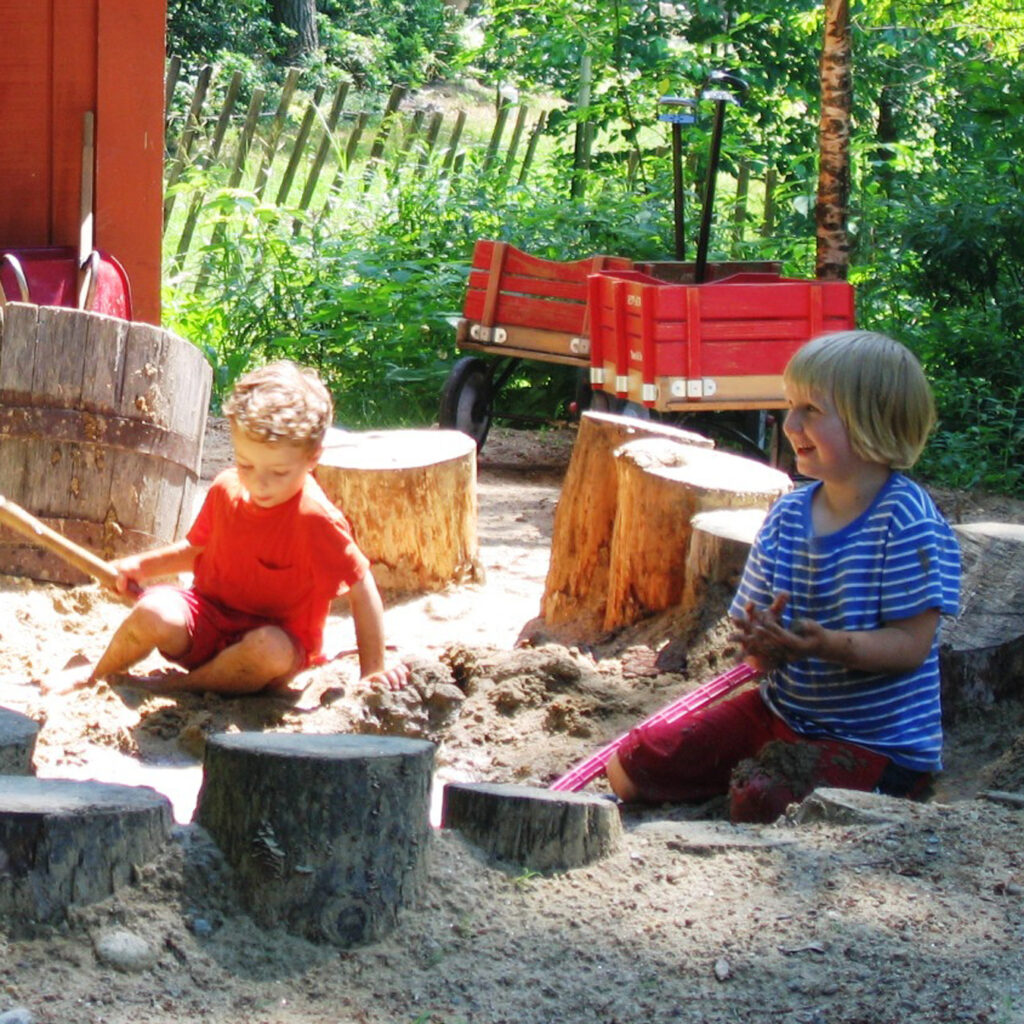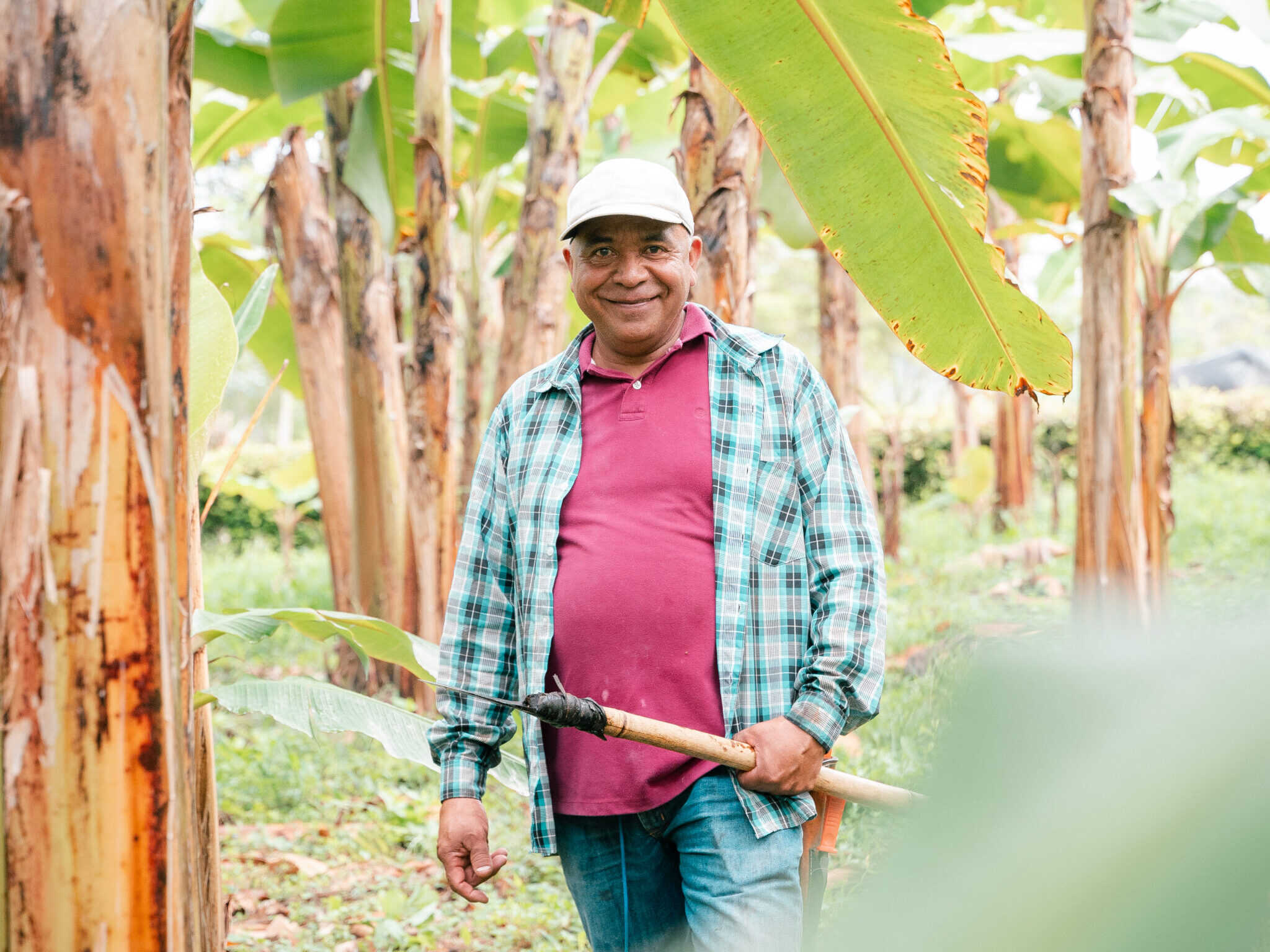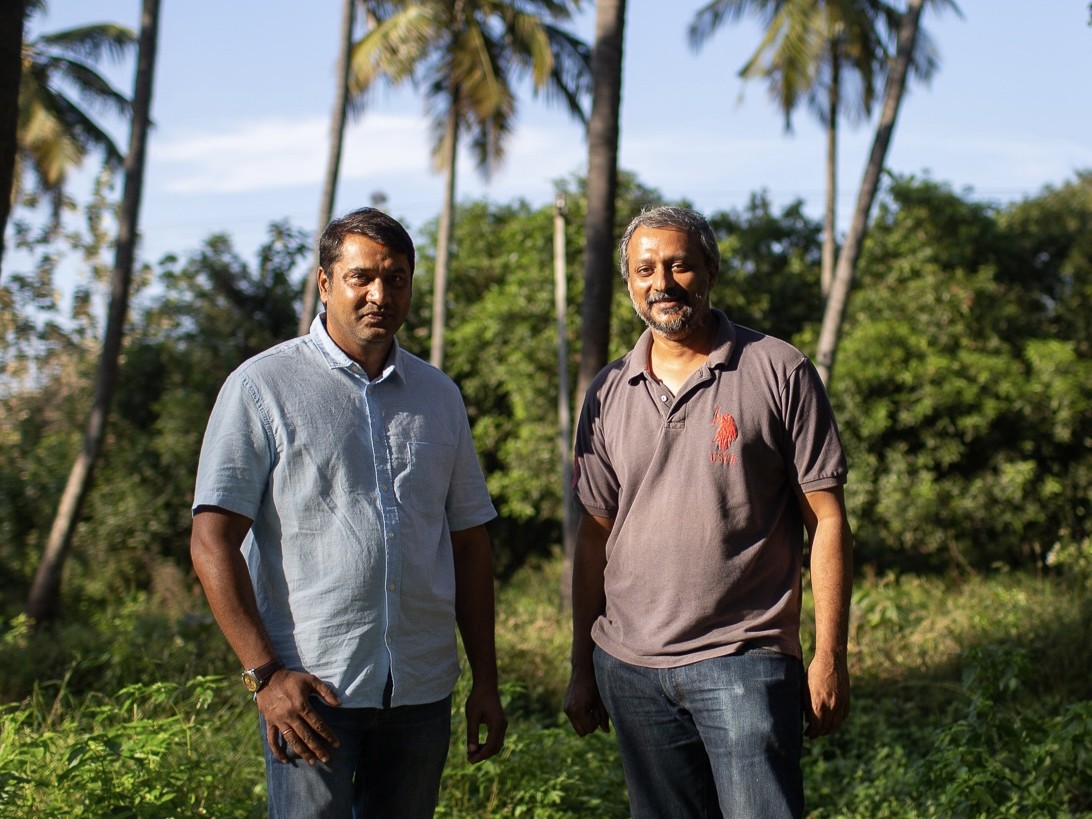Building the Next Economy
Fire is a defining element for Pine Hill Waldorf School—as both metaphor and history. In a sense that’s true for RSF as well.
The old New Hampshire farmhouse the school had occupied since shortly after its founding in 1972 burned to the ground in 1983. Determined to rebuild, the school formed a fundraising team. Among those they approached was Siegfried Finser, who at that moment was reviving the Rudolf Steiner Foundation (now RSF Social Finance) as a social investment vehicle.
“Our situation ignited the rebirth of RSF,” says Arthur Auer, then a Pine Hill teacher and now director of the Antioch Waldorf Teacher Training program, located during the summer on Pine Hill grounds. “Forces and people coalesced and created a comprehensive school master plan and one of the most striking examples of Waldorf school architecture in the U.S.”
INSPIRATION
“I saw an education for children where their whole beings were tended to and cared for—bodies, minds, spirits—and people coming together who all wanted that,” recalls Sherry Jennings, who has been a Pine Hill teacher from the beginning. “I was very inspired to tend that flame.”
She notes that Pine Hill was at the forefront of a surge of interest in Waldorf schools, which numbered only about a dozen at the time, most of them started in the 1940s. “Parents were looking for a new kind of school community, where they could be part of it and have connections with other adults who shared similar values.”
A similar “hunger” arising again today gives the school fresh inspiration, she says. “We’re coming full circle, in a way. I see that parents are really longing for deep connections.”
INNOVATION
That intense parent connection to the school was an important aspect of an innovative $1.1 million rebuilding package that included $500,000 in pledge loans and loan guarantees through the newly minted RSF and an innovative parent bond program. To spread costs, parents of new students were required to purchase a $1,000 bond that could be redeemed upon graduation; at that point many opted to donate their bond to the school, producing an ongoing asset-building stream.
With Pine Hill as a model, RSF has continued to support Waldorf schools, not only by providing capital but also by helping them to build communities willing to commit financial and other resources to a project’s success.
At Pine Hill, the school community also was integral to designing the new building. The architect interviewed teachers, friends, parents and children, and the children drew pictures of what they thought the building should look like. The result was a building that appears to emerge from the land itself.
“We wanted the building to arise out of a sense of place in the forest, on that granite hilltop,” Auer says, “and we wanted it to be not just environmentally friendly but also to fit into the environment. Its main gesture is a big heart of an auditorium in the center and two classroom wings embracing the children as they stream into the building.”
The auditorium was completed several years later in a second building phase, and unbelievably, a second fire struck as the last coat of finish on the stage was drying. It destroyed the auditorium and damaged both classroom wings. Insurance covered the cost of rebuilding, but “that fire was extremely painful,” says Auer. “That building was built with love by a whole team of parents.”
Now Pine Hill is building again, and again with help from RSF. The Children’s Village, an early childhood education center that fulfills the school’s master plan, is taking shape next to a biodynamic community farm. “We’re really excited about The Children’s Village,” says Jennings. “This is a space where we can protect and honor the needs of the really young child. We’re also doing publicly accessible parent education, which is a way to contribute to the whole community.”

IMPACT
“Without RSF we would not have been able to develop as full a master plan and model school,” says Auer, adding that the impact is not just local: The Children’s Village speaks to other Waldorf schools about the value of establishing their own early childhood education centers.
“One could become very anxious about taking such a risk in a recession,” Auer says. “But I think The Children’s Village is the right decision, to have the courage to go outward and serve the community. Others might say this is not the time to do it, but we are not doubting. Having gone through two fires has proven that Pine Hill has a strong body of life forces. I always have had confidence that those forces will prevail and bring us through to another new phase.”
VITALS
Organization name Pine Hill Waldorf School
Impact area Education & the Arts
RSF relationship Loan recipient, RSF investor
HQ Wilton, New Hampshire
Annual budget About $2 million
Employees 20+
Students 180 children, 125 teacher trainees (summer campus)
Communities served Local area and Waldorf education nationally


